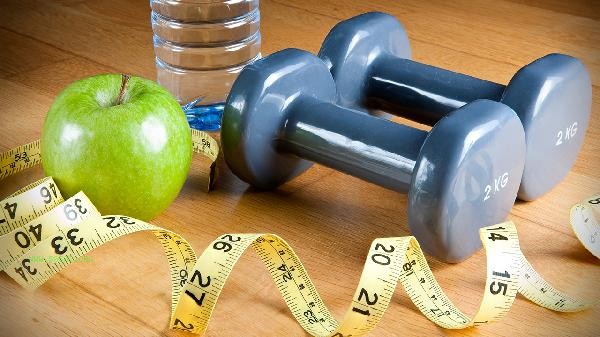During fitness, it is recommended to eat egg whites instead of egg yolks, mainly because egg whites are rich in high-quality protein and low in calories, while egg yolks contain higher cholesterol and fat. Protein is more suitable as a source of protein supplementation during the muscle building phase, and egg yolks can be consumed in moderation but the intake should be controlled.

protein has a high protein content and is easily absorbed by the human body. Every 100 grams of egg white contains about 11 grams of protein, while the fat content is less than 0.2 grams. Its amino acid composition is close to the human body's needs, especially rich in branched chain amino acids, which can effectively promote muscle synthesis and repair. Consuming protein after exercise can quickly replenish the protein broken down during training without adding extra calorie burden. Common methods include boiling egg whites, egg whites pancakes, or egg whites milkshakes, which can ensure nutrition while avoiding oil intake. Although egg yolks contain nutrients such as lecithin, vitamin A, and iron, the cholesterol content of a single egg yolk is close to 200 milligrams, exceeding two-thirds of the recommended daily intake. Long term consumption in large quantities may affect blood lipid levels, especially for individuals with metabolic problems or cardiovascular risks. For fitness enthusiasts, it is recommended to consume no more than one egg yolk per day or choose to consume it every other day. Egg yolks can be used to cook other ingredients, such as mixed vegetables to make salads and disperse cholesterol intake.

Fitness diet should be adjusted according to training goals. During the muscle building phase, protein intake can be appropriately increased to 1.5-2 grams per kilogram of body weight, while during the weight loss phase, total calories should be controlled. It is recommended to supplement protein through diversified sources such as chicken breast, fish, whey protein, etc., and to balance nutrition with foods rich in dietary fiber such as broccoli and oats. Regularly monitor changes in body fat percentage and muscle mass, and consult a nutritionist if necessary to develop personalized plans.







Comments (0)
Leave a Comment
No comments yet
Be the first to share your thoughts!